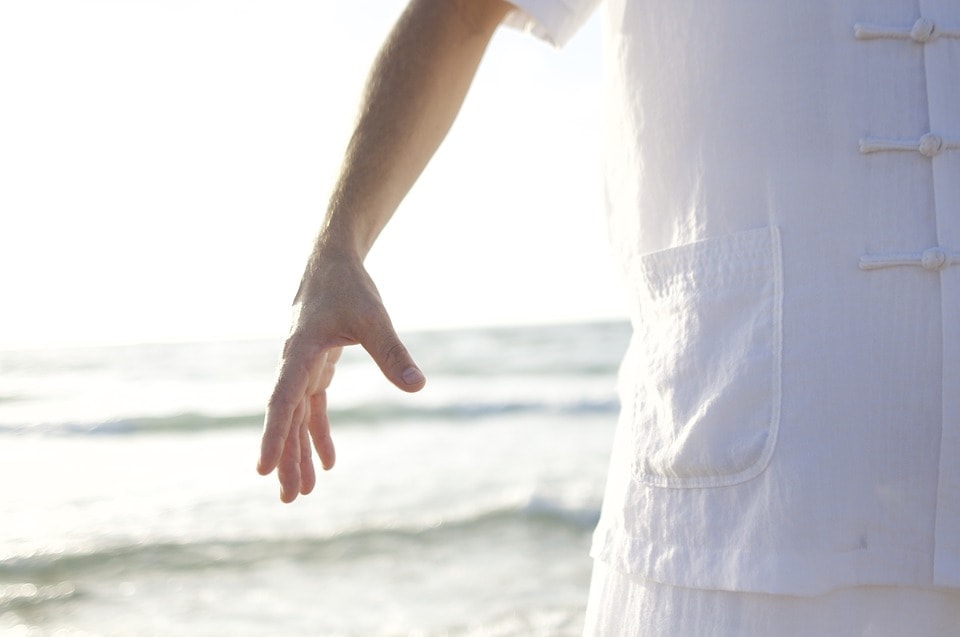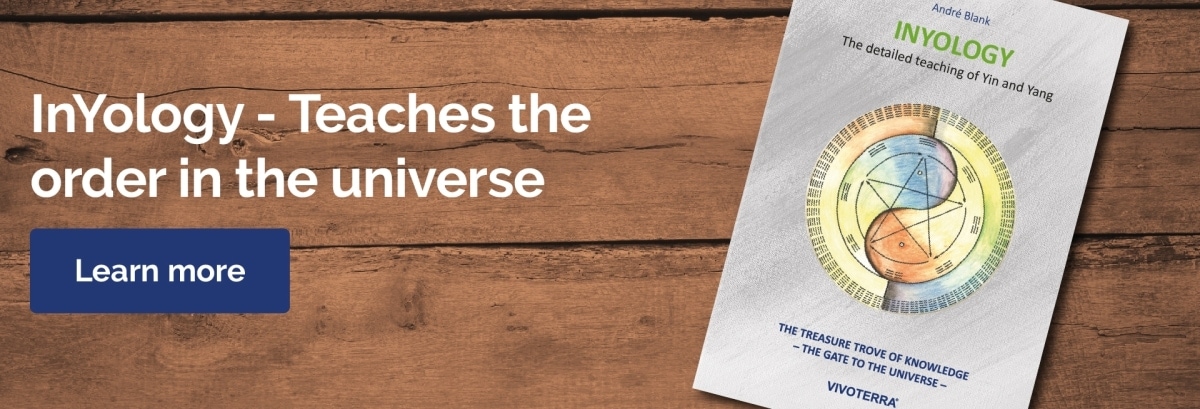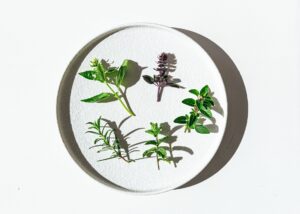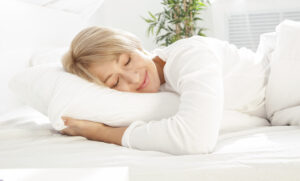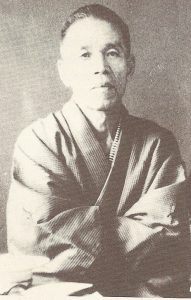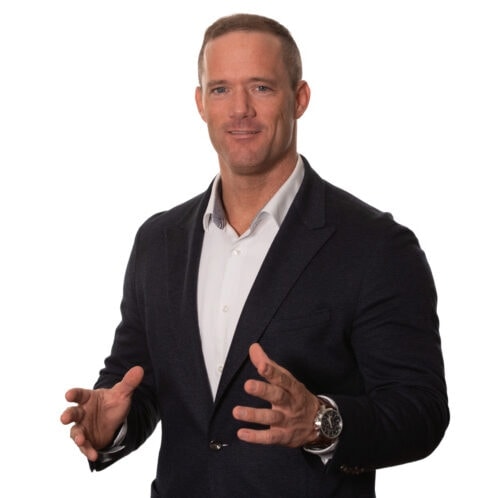Qigong is one of the “gentle” arts and was developed as a technique for health, movement and meditation. The qigong exercises have been taught from generation to generation for hundreds of years.
What is qigong
QI , which can also be described as flowing life force, is present everywhere in nature, in the universe and shows itself in all living things in the form of change and movement. This KI is the primal energy for all life – and everyone. The term “Qigong” – often also written Qi Gong – is contrary to popular opinion not a martial art. Rather, Qigong are exercises for health, movement, concentration and meditation. Qigong is more similar to Do-In and Yoga than to Judo and Karatedo.
The exercises mainly serve to control and harmonize the flow of Qi in the organism. The Chinese term Qi – Ki in Japanese – plays a central role in Asian health thinking.
Qi – which can also be described as flowing life force is present everywhere in nature, in the universe, and shows itself in all living things in the form of change and movement. Every life process, every organ function is an expression of the action and movement of Qi.
Without qi there is no movement, no thought, no emotional expression, and no life.
According to Far Eastern philosophy, the whole universe (Taikyoku) and all appearances in this universe are composed of Qi.
There are infinitely different ways in which qi manifests itself. Depending on whether Qi appears in more subtle concentration or more solid concentration, the various things such as spirit, soul, body, water, trees, rocks, etc. etc. emerge. Everything in the whole universe ultimately consists of Qi.
Qi manifests itself in the tension between Yin and Yang, those two (seemingly opposing), complementary aspects of the universal energy. Although Qi pervades and encompasses everything, it cannot be directly described or defined. Regardless of this, in traditional Chinese and Japanese medicine the term Qi is used to denote an energetic effect with a specific goal.
All eastern meditation and fighting techniques such as tai chi, chi gong, or karatedo, judo and aikido are also based on the mastery and control of qi.
In the human body, Qi mainly circulates in the circuit of the meridians (energy channels).
Sometimes you perceive it as a steady, wave-like movement, or as a strong current, but sometimes also like an electrical surge that flows from a point that has just been activated into other parts of the body.
gong – can be translated as “the way”, “the work”, “constant practice”.
The combination of “Qi” and “Gong” means in practice – through practice – to harmonize the Qi, the life energy in the body. When the Qi in the organism can flow freely and unhindered through the meridians, the whole organism is healthy.
If the Qi flow in the meridians is severely weakened until it is blocked, the organs concerned are no longer supplied with enough life energy and are weakened and sick.
The life energy Qi is not controlled from the outside, but by the people themselves.
Qigong basics
Depending on the individual conditions of the practitioner, light or more complex Qigong exercises can be performed. The complex exercises are mainly long sequences of movements, such as those practiced in tai chi.
Whereby equating Tai Chi and Qigong does not correspond to the truth. Although both arts work according to the same principles – to harmonize the Qi flow.
Qigong – like Tai Chi – can be practiced by everyone regardless of age.
There are special exercises for seniors, special exercises for children and special exercises for sick people.
According to the natural laws of Yin and yang, movement can correct “the cold” and rest can correct “the warm”.
The various Qigong exercises work precisely according to these laws.
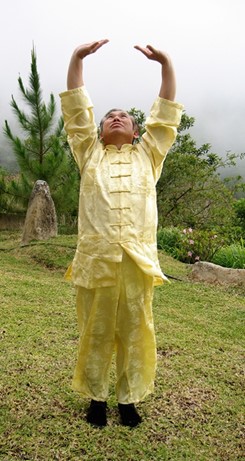
Both forms of exercise help the self-healing of illnesses and lead to a harmonious balance between tension and relaxation.
In addition, the Qigong exercises not only affect the body, but also the soul and spirit.
It is recommended that you practice the qigong exercises for a few minutes a day, just as you should practice a few minutes a day for zazen meditation.
Depending on the individual conditions, this can be practiced for 5 minutes, over 1 hour, up to 2 hours a day. A few minutes a day is enough for most people. However, the prerequisite for the desired effects is regular practice over a longer period of time.
Qi Gong story
The roots of today’s Qi Gong reach far back into the past. As early as the 4th century BC, various authors described “exercises for cultivating life” (Yang sheng), which are reminiscent of today’s Qigong.
The term Qi Gong (also Qigong, Chi Gong) derives from “Qi” for life energy and from “Gong” (Kung) for practice. The exercises are, so to speak, “work away from home”.
How do Qi Gong and Tai Chi differ?
Qi Gong is like Shiatsu, or Kiatsu and acupuncture, a part of traditional Chinese medicine (TCM). Qi Gong is not a martial art and only has health goals.
In contrast to Tai Chi, Qi Gong involves little movement and can be practiced standing, sitting or lying down.
Meditation is part of Qi Gong. The individual exercises are usually performed on the seat while standing. Qi Gong also involves a lot of internal and spiritual work.
Qigong and Traditional Chinese Medicine (TCM)
As part of traditional Chinese medicine, Qigong is used both preventively and medicinally.
Oriental medicine has always taught that food is the best medicine.
The Shurai, a 3,000 year old Chinese book, distinguishes five degrees of doctors depending on the type of medicine they practice. The wise man comes first, followed by the nutritionist, the surgeon, the general practitioner, and the veterinarian.
The most respected doctor, the doctor-philosopher, teaches the harmonious order of man and the world. The teachings of the nutrition doctor are classified as preventive medicine, it is called “medicine of long life”. The surgeon uses his specialized knowledge to heal the effects of severe injuries, also using herbs and food as aids to extend the life of his patients. The general practitioner uses herbs and techniques such as acupuncture, moxibustion, and massage to heal specific ailments.
All remedies of Far Eastern medicine work according to the principle of the balance of Yin and Yang. This method, based on a carefully and gradually changing equilibrium, is gentle, safe and persistent.
When we realize that we can become able to heal ourselves, we need to relearn how to heal ourselves; that is our right. It is unnecessary that we depend on others, however qualified they may be.
It is an uplifting feeling to realize how free I am by practicing my own healing arts in a simple way.
A main idea is therefore to want to prevent a disease and to strengthen the overall condition of the organism. However, if the disease does occur, it is important to clarify the causes and restore the lost harmony with nature.
Traditional Chinese Medicine (TCM) sees a specific sick person. In their efforts, the main thing is to take into account the individual conditions of the person affected and then, with the preferred use of acupuncture, acupressure. Exercise therapy and herbal medicine to initiate therapy. The term “state of health” used in our western language is referred to in Chinese and Japanese as the “ratio of life energy”.
If the life energy can flow unhindered in its pathways, is neither used excessively nor blocked, then life can develop harmoniously in us and we enjoy physical health and emotional balance.
If the flow of energy in us is blocked, however, in our meridians, this leads to disturbances in our wellbeing and our health.
By applying pressure with your fingers, hands, elbows. Kneeling, feet, but also by stretching and gentle touching, the energy channels and the associated energy structures in the depths – Eastern medicine speaks of organ systems here – are stimulated and balanced.
Qigong exercises
I cannot say how many qigong exercises exist. The large number of exercises comes from the fact that in early China every master had his own practice system, which he only passed on to his students – I Shin Den Shin. From my heart to your heart.
These in turn have developed and passed on their own concepts.

With Qigong it is – as with all “path arts” – important to learn the sequence of movements exactly and to pay attention to the breathing.
Qigong exercises can be done lying down, sitting, standing and walking. The basics are easy to learn and can be practiced almost anywhere. The best known are the exercises of the “five animals”, which are assigned to the five elements according to their characteristics.
The sedate bear symbolizes earth, the graceful crane metal, the supple monkey water, the powerful tiger wood and the dynamic stag symbolize fire.
The movements of these animals are imitated. In this way, imagination, concentration and expressiveness can be trained and emotions can be expressed in a playful way.
Again, it is important that the exercises are performed correctly. However, in order for a teacher to be able to convey it correctly, so that it achieves the effect for which it is intended, the teacher should understand how it is structured. This particular type of gymnastics is not simply a form of fitness improvement that is practiced in many places. This gymnastics is based on the laws of the universe. Here, too, the order pattern of the universal order is observed. In the awareness that our body is pervaded by meridians through which the Qi circulates, this gymnastics has the task of allowing this Qi to circulate in harmony through these very meridians
But whoever begins to approach the essence of Qigong will recognize that Qigong is timeless because the origin of Shiatsu is contained in the order of nature itself.
This order is nothing more than a universal balance of give and take. If you want to explain Qigong briefly and simply, it can best be described as sensitive, easy to learn and very effective work on the body, which activates our natural self-healing powers and releases blockages in the flow of our body’s own energies.
It is the millennia-old knowledge of the Chinese, which was first written down over two thousand years ago in the “Huang Di Nei Jing”, the textbook of internal medicine of the Yellow Emperor, that this life energy moves in our body according to clear laws and – through this Knowledge – can also be influenced.
The doctrine of the energy channels, the meridians in which the QI circulates in our body, and their special places on the body surface, where one can influence the energy particularly favorably, was mainly known in the West through acupuncture, a sub-area Traditional Chinese Medicine (TCM).
If the life energy can flow unhindered in its pathways, is neither used excessively nor blocked, then life can develop harmoniously in us and we enjoy physical health and emotional balance.
If the flow of energy in us is blocked, however, in our meridians, this leads to disturbances in our wellbeing and our health.
By applying pressure with your fingers, hands, elbows. Kneeling, feet, but also by stretching and gentle touching, the energy channels and the associated energy structures in the depths – Eastern medicine speaks of organ systems here – are stimulated and balanced.
For a physiological balance and optimal functioning of our organism, activity (yang) and rest (yin) must be in balance. Activity alone, without appropriate periods of rest, leads to exhaustion – and all activity ends at the same time. Conversely, inactivity also leads to an imbalance in our body, imbalance and illness.
Qigong stimulates the autonomic nervous system and has a balancing, depending on the type of stimulation, calming or invigorating effect on the entire organism. Qigong supports and promotes growth and maturation processes in particular, accompanies you in difficult phases of life and facilitates the transition from one phase of life to the next.
Shiatsu works like an energy filling station, at which the disturbed life energy can be brought back into a harmonious balance.

